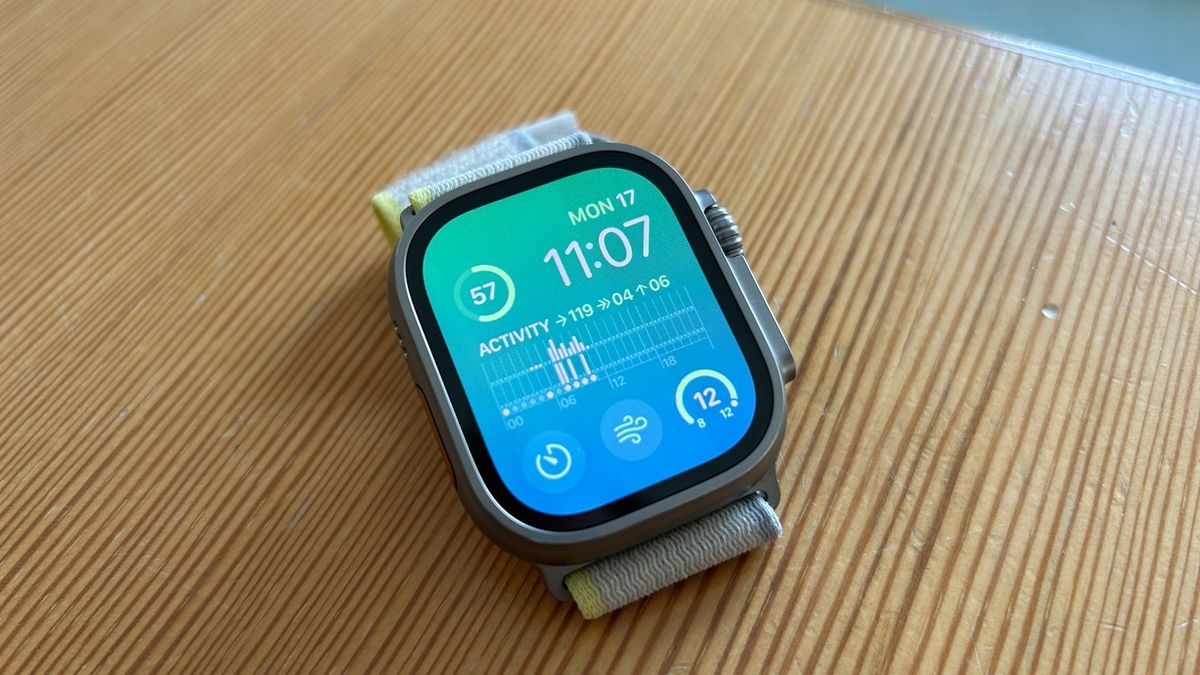Getting Covid is a bad thing in almost every way possible, but the one upside of my recent bout is that I got to put through the new skin temperature sensor on the Apple Watch Ultra through its paces.
Apple is very clear that this sensor, which measures your wrist temperature at night, shouldn’t be used to diagnose illnesses or as a medical device in any way (opens in new tab), but it does show what happens to your skin temperature when you have a fever and are fighting off an illness.
Your wrist temperature measurements are measured against a baseline, which takes a few nights to set. You need to wear the Apple Watch Ultra each night to get the reading, and can’t take a spot measurement of your wrist temperature. In the morning you are given a measurement against your baselines based on the average readings taken during the night when the watch is in sleep focus mode. You have to go into the Apple Health app on your phone to see the measurement, which isn’t shown on the watch.

I saw a dramatic spike against my baseline temperature the first night after I had tested positive for Covid, when my temperature was up 3.31°C. There was also a small 0.77°C rise the night before as well, when I didn’t feel too bad.
As the illness progressed my temperature came down the second night to 0.68°C above my baseline, when I was starting to feel better and thought I was past the worst of it. I was wrong, however, and felt terrible again the next day, with my skin temperature reflecting that as it rose again to 1.54°C against my baseline that night.
Admittedly all this information did little to help me during Covid, though it is interesting that there was a rise in my temperature before symptoms really hit hard the second day. I’ve used other temperature sensors like the Oura ring and think it’s worth checking your temperature in the morning, because a rise against your baseline – one that’s not explained by other factors like alcohol consumption the night before or an especially hot bedroom – could be an indication you’re getting sick.
Note that wrist temperature is mainly used on the Apple Watch Ultra for tracking the menstrual cycle, so that can also play a big role in explaining any rises.
As I was getting better I did also check my temperature each morning to confirm it wasn’t rising again. While the new temperature sensor on the Apple Watch Ultra isn’t a way to diagnose illness, it can raise a red flag if you do see an unexplained rise, and provide more info on what’s happening to your body during an infection.
